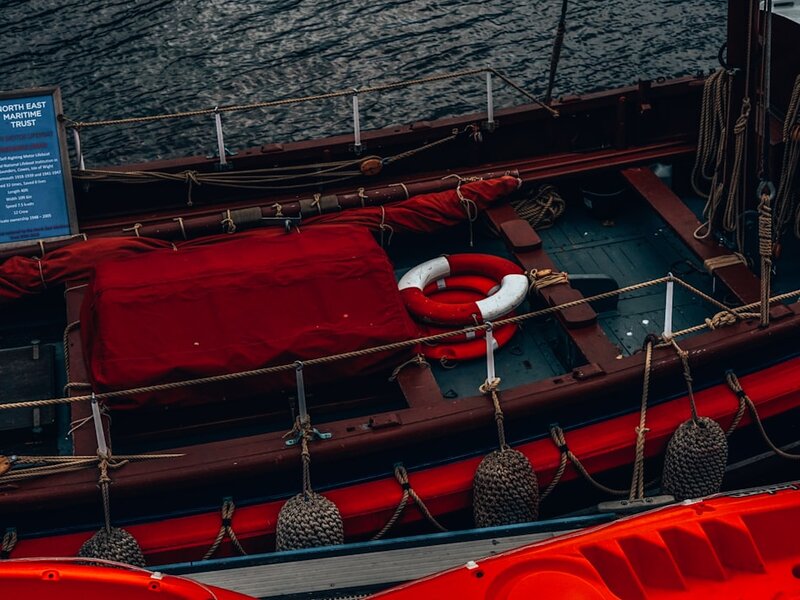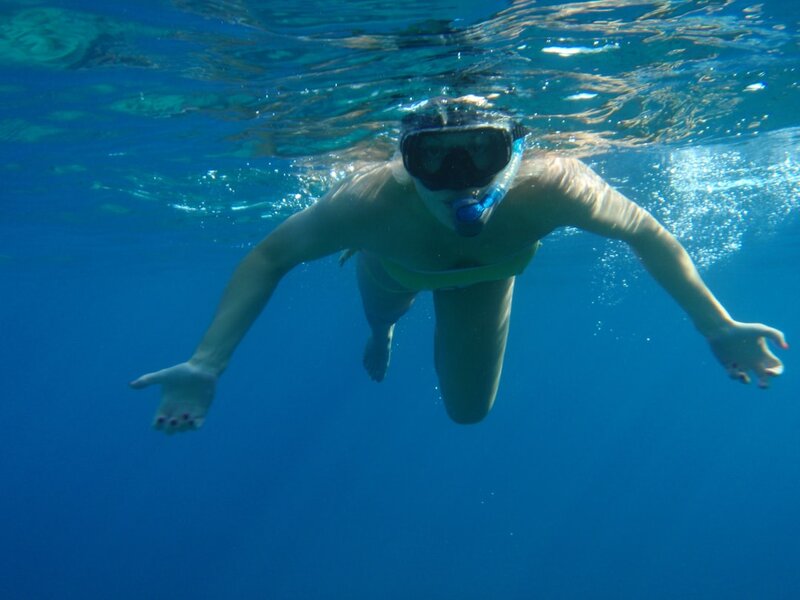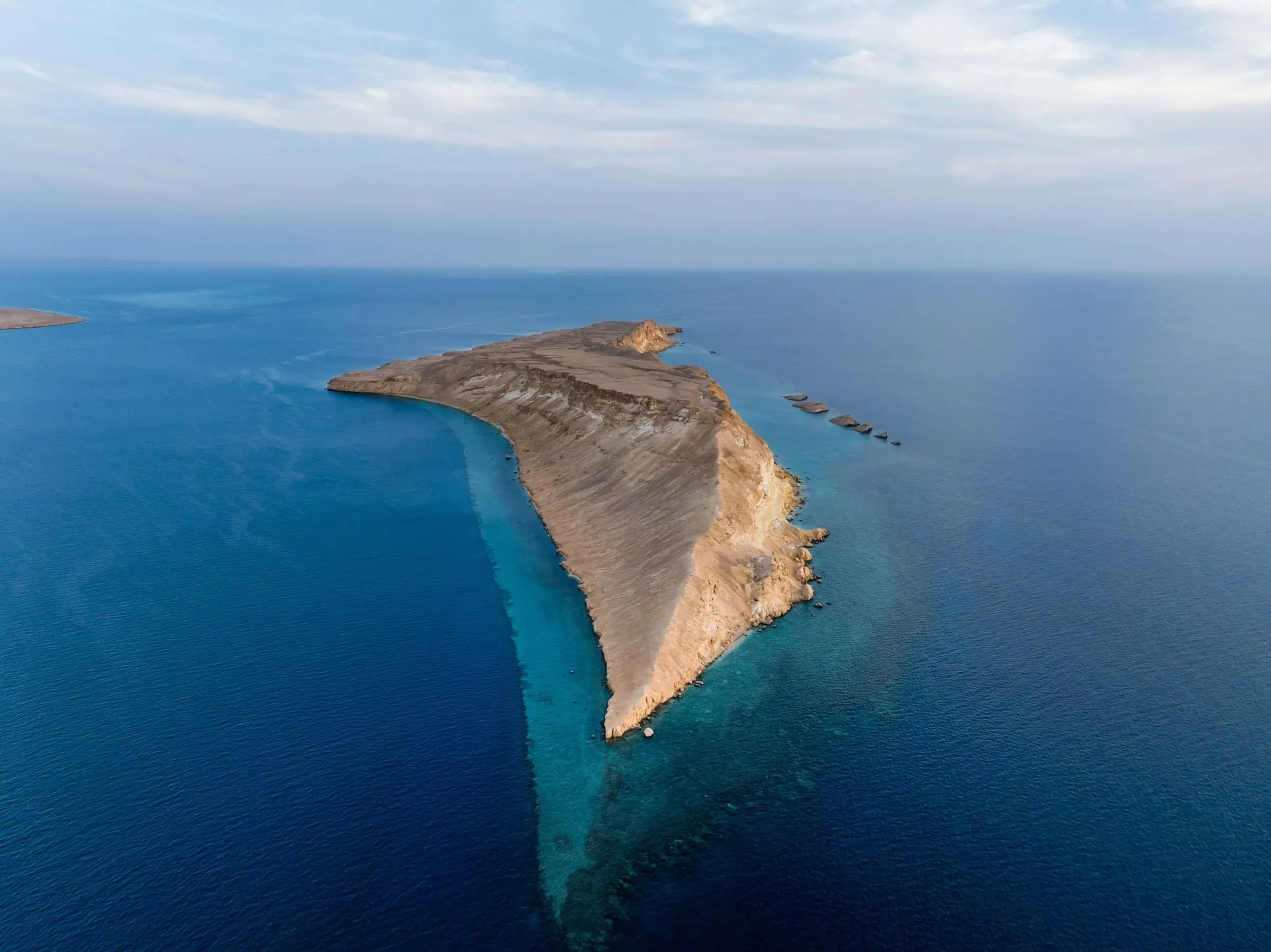Undersea Exploration Missions: NEOM and Red Sea Ocean Research Stories
Red Sea Project and Marine Conservation: A New Era of Discovery
The Red Sea is a region long celebrated for its vibrant coral reefs, diverse marine life, and ancient maritime history. In the 21st century, pioneering initiatives like the Red Sea Project and NEOM have propelled the region to the forefront of global ocean research and sustainable tourism. These undersea exploration missions are transforming both scientific understanding and the future of marine conservation in the Red Sea. Travelers seeking deeper insight into the area’s ecological significance can now witness this transformation firsthand, making it an ideal destination for those passionate about nature, science, and sustainable adventure. For those eager to experience the wonders of the Red Sea firsthand, a range of scuba diving tours and snorkeling excursions offer direct access to these thriving underwater worlds.
NEOM: Redefining Ocean Research in the Red Sea
NEOM, the ambitious smart city and ecological region under development along Saudi Arabia’s northwest coast, has put Red Sea Global exploration at the heart of its vision. Emphasizing sustainability and advanced technology, NEOM’s Oceanographic Research Center is tasked with mapping, monitoring, and preserving one of the world’s most resilient marine ecosystems. Research teams employ autonomous underwater vehicles, satellite monitoring, and AI-driven data analysis to study coral health, fish populations, and the impact of climate change.
- Autonomous Exploration: Remotely operated vehicles (ROVs) and drones are used for continuous, non-invasive monitoring of coral reefs and seagrass beds.
- Biological Studies: Marine biologists are cataloging endemic species and tracking the migratory patterns of sharks, rays, and dolphins. These efforts contribute to global biodiversity databases.
- Climate Resilience: NEOM’s research focuses on the Red Sea’s unique thermal tolerance, offering models for reef survival under global warming scenarios.
Visitors interested in NEOM’s ocean research can explore the broader region’s ecological diversity through guided wildlife watching tours, where encounters with dolphins, sea turtles, and rare bird species are common. To learn more about the specific locations shaping ocean science, see our destinations guide.
Red Sea Project: Merging Conservation with Sustainable Tourism
The Red Sea Project, led by Red Sea Global, is a flagship ecotourism and conservation initiative located along the Saudi Arabian coast. The project encompasses over 90 islands and numerous coral reefs, aiming to set new standards for regenerative tourism. Its marine research programs work closely with international scientists to ensure that development and preservation go hand in hand.
Key Conservation Strategies
- Coral Reef Protection: Active measures are in place to prevent anchor damage, control visitor numbers at sensitive sites, and fund coral restoration projects. The integration of sustainable mooring techniques ensures fragile habitats remain intact for generations.
- Marine Protected Areas: Large sections of the Red Sea coastline are designated as no-fishing and no-development zones, allowing marine life to thrive undisturbed.
- Community Engagement: Local communities are trained as eco-guides and research assistants, fostering stewardship and providing sustainable livelihoods.
Travelers can support and experience these efforts by joining tours to world-renowned attractions such as Ras Mohammed National Park or the Giftun Islands. These destinations exemplify how the region balances visitor access with ecological responsibility.
Red Sea Marine Research: Major Scientific Discoveries
Recent undersea missions have revealed surprising discoveries about the Red Sea’s ecology. Its reefs are not only among the most biodiverse but also some of the most resilient to rising temperatures. This has led to global collaborations, with scientists studying the genetic and environmental factors that make Red Sea corals uniquely robust.
- Thermal Resilience: Unlike many reef systems worldwide, Red Sea corals can withstand higher temperatures, offering hope for coral adaptation in a warming climate.
- New Species: Ongoing surveys continue to uncover previously undescribed fish, invertebrates, and microorganisms, expanding global biodiversity knowledge.
- Carbon Sequestration: Extensive seagrass meadows and mangrove forests play a vital role in absorbing carbon, helping mitigate climate change impacts.
For those interested in the intersection of science and adventure, sailing and cruise tours provide immersive ways to observe research sites and pristine marine habitats. Guests can learn from guides trained in marine biology and conservation.
How Travelers Can Participate in Red Sea Conservation
Visitors to the Red Sea are increasingly encouraged to engage with local conservation efforts. Responsible tourism practices—such as choosing eco-certified operators, respecting marine life, and minimizing plastic use—are vital. Many dive centers and tour operators participate in citizen science programs, allowing guests to assist with reef monitoring or marine debris cleanups.
- Eco-friendly Tours: Select tours that support reef-safe sunscreen policies and sustainable boating practices.
- Educational Experiences: Participate in guided snorkeling or diving excursions that include marine biology briefings and conservation workshops.
- Support Local Initiatives: Contribute to community projects or research foundations working to protect the Red Sea’s unique habitats.
For more information on how your visit can make a positive impact, explore our sustainability efforts page or check the FAQ for tips on responsible travel.
Planning Your Red Sea Adventure
Whether you are a diver, sailor, or wildlife enthusiast, the Red Sea offers a variety of immersive experiences. From the thriving coral gardens off Hurghada to the remote seascapes near NEOM, there is an adventure for every interest. Browse our curated selection of Red Sea tours to find options tailored to your interests and conservation values.
- Scuba Diving: Explore dramatic drop-offs and shipwrecks while contributing to ongoing research through citizen science dives.
- Snorkeling: Experience shallow reefs teeming with life, suitable for all ages and skill levels.
- Sailing and Wildlife Watching: Combine luxury with learning on guided cruises that highlight marine biology and ecosystem protection.
For detailed destination guides, including travel tips and seasonal highlights, visit our blog or contact our team for personalized recommendations.
Conclusion: The Future of Red Sea Exploration
The undersea missions of NEOM and the Red Sea Project are ushering in a new chapter for ocean research, conservation, and sustainable tourism. Their efforts are not only preserving one of the planet’s most vital marine environments but also creating meaningful, educational opportunities for visitors. As these projects continue to reveal the secrets of the Red Sea, travelers have a unique chance to witness and support marine conservation in action. Start planning your journey by exploring our adventure tours or dive deeper into the latest stories on our blog.



